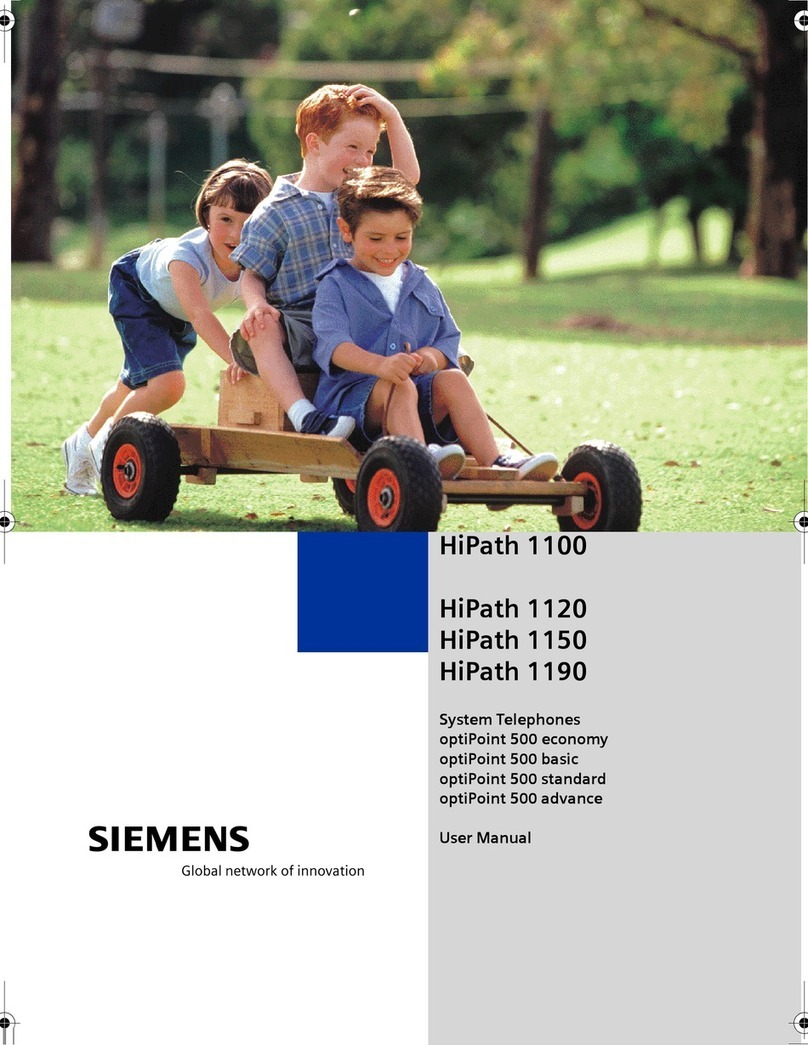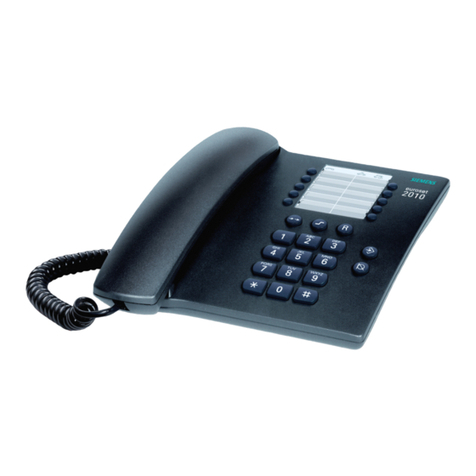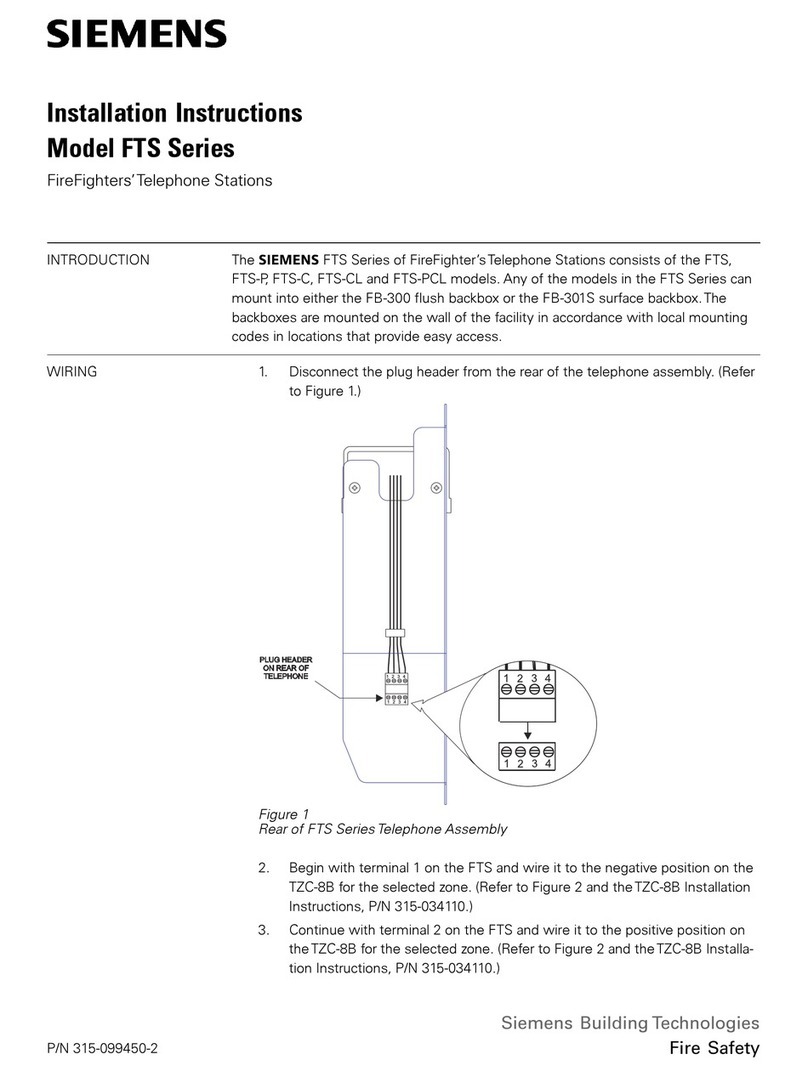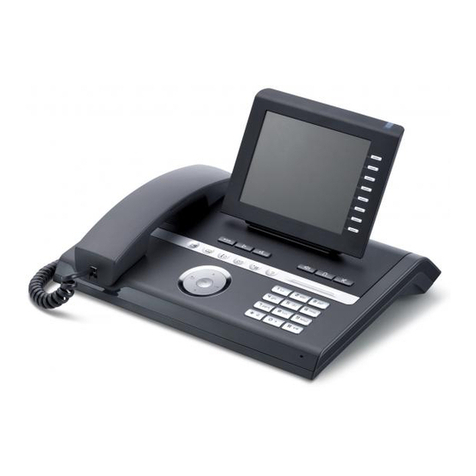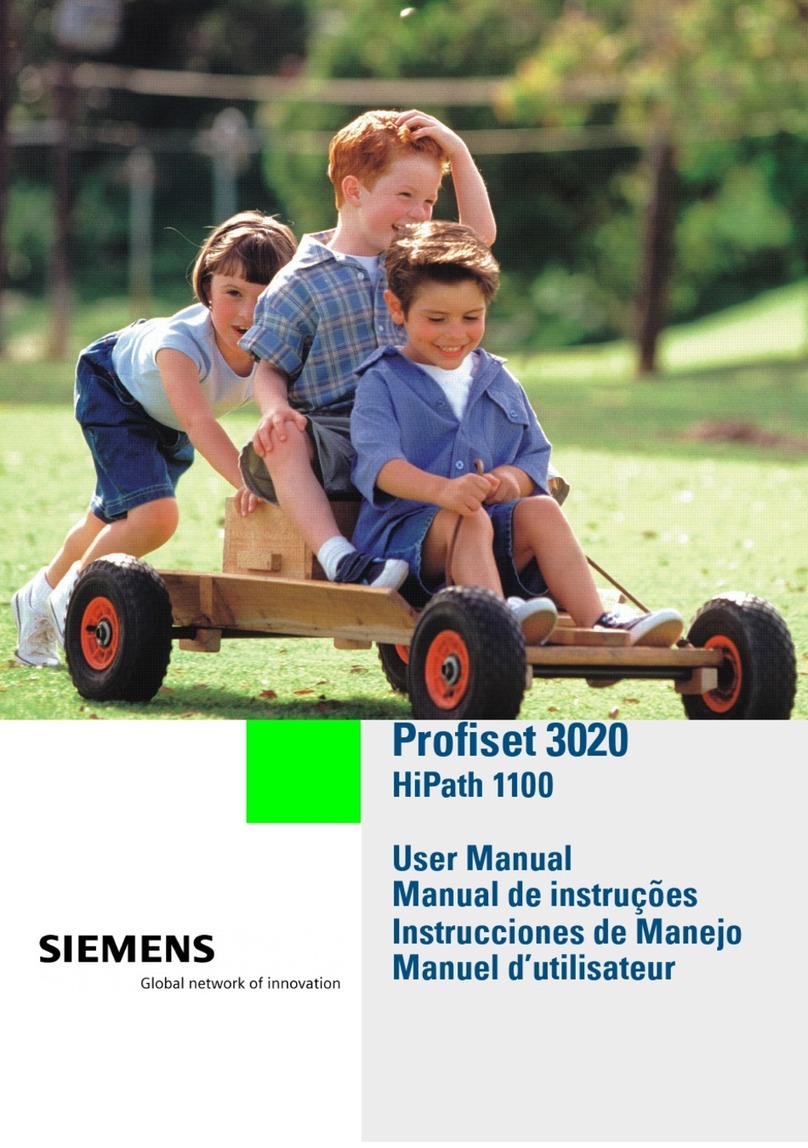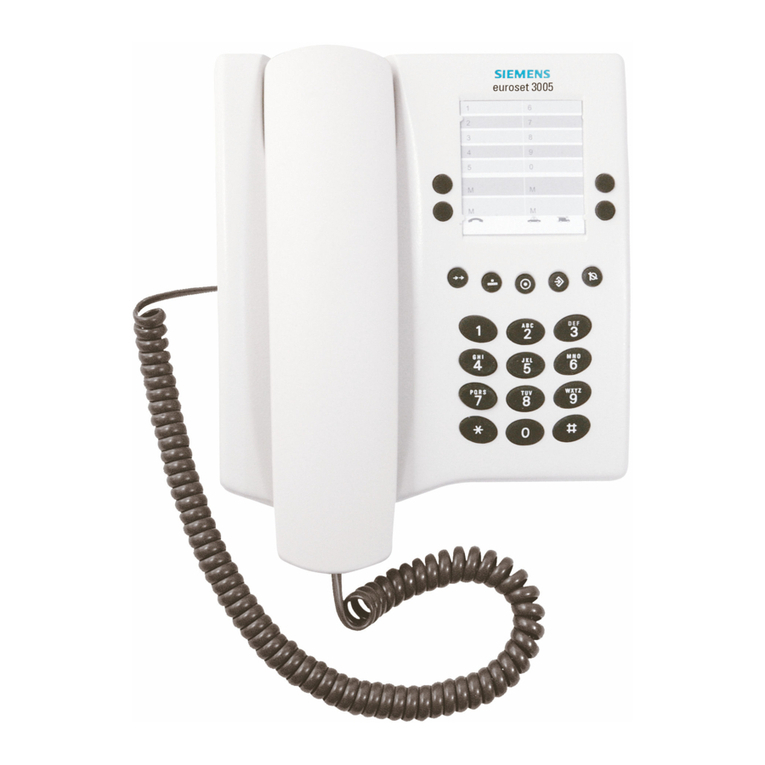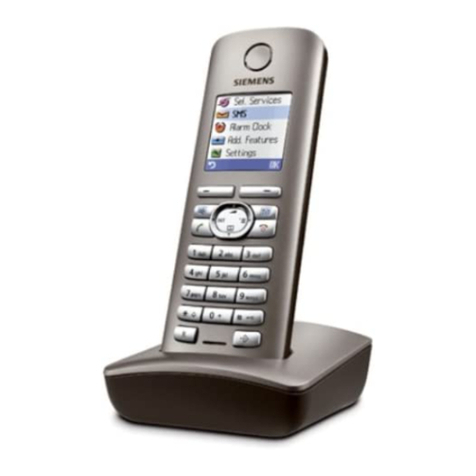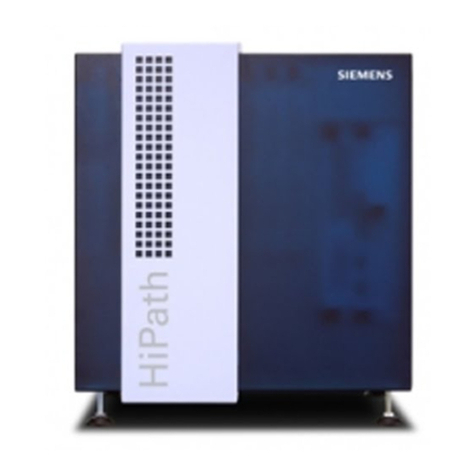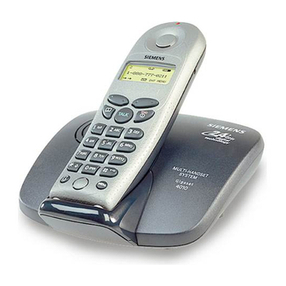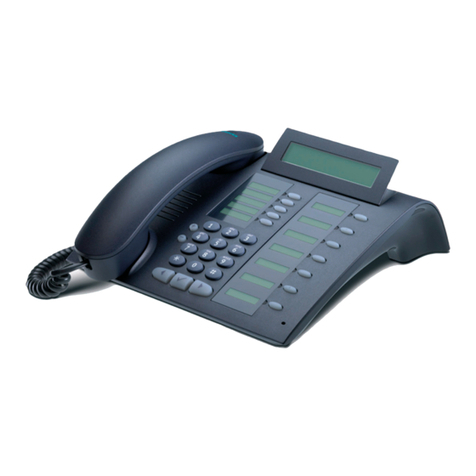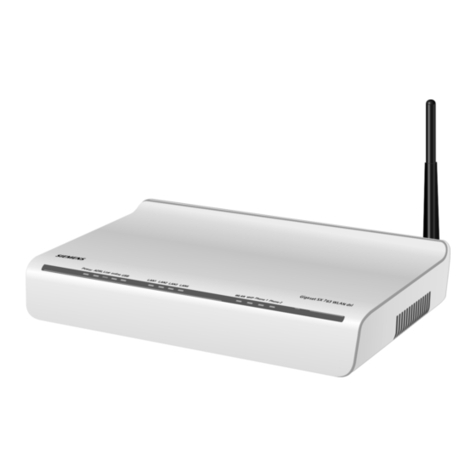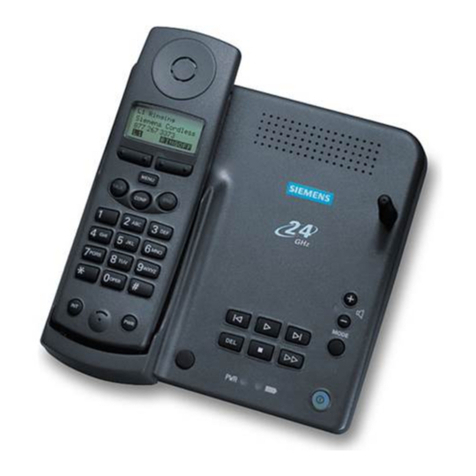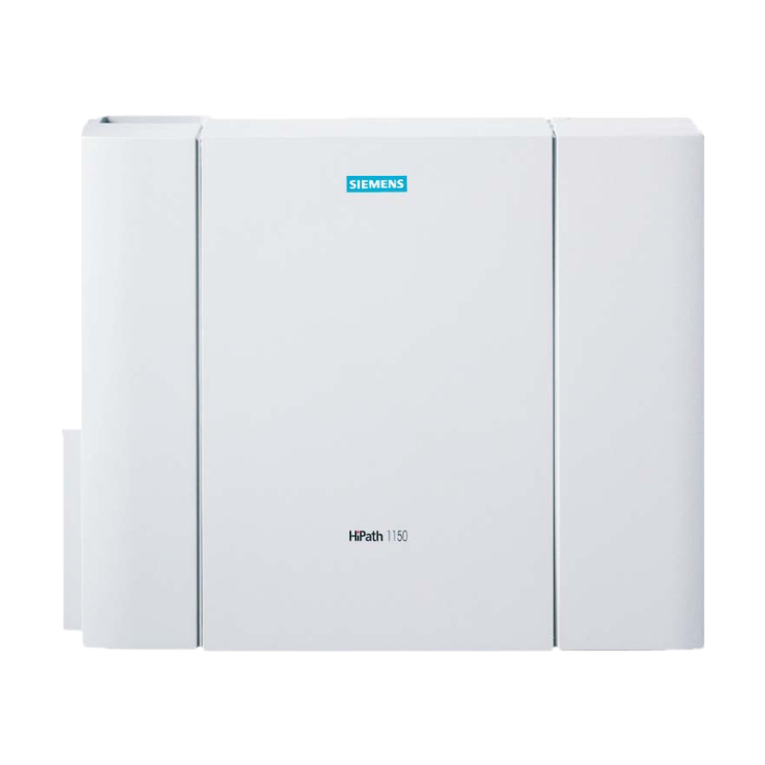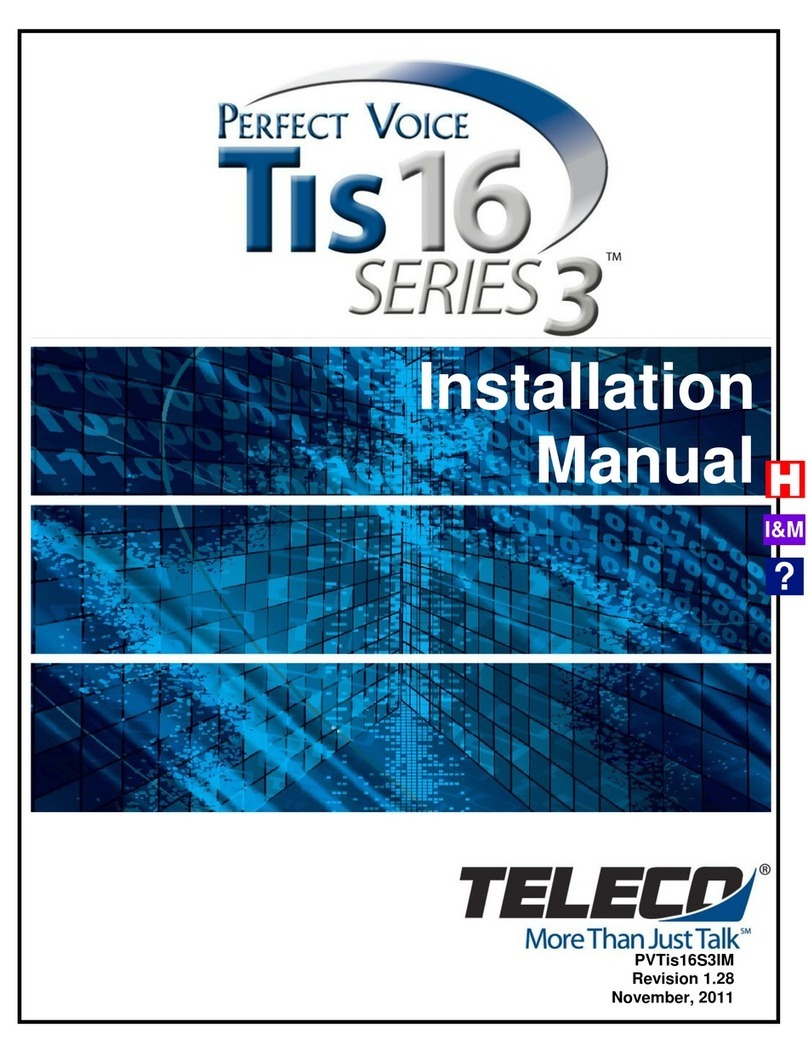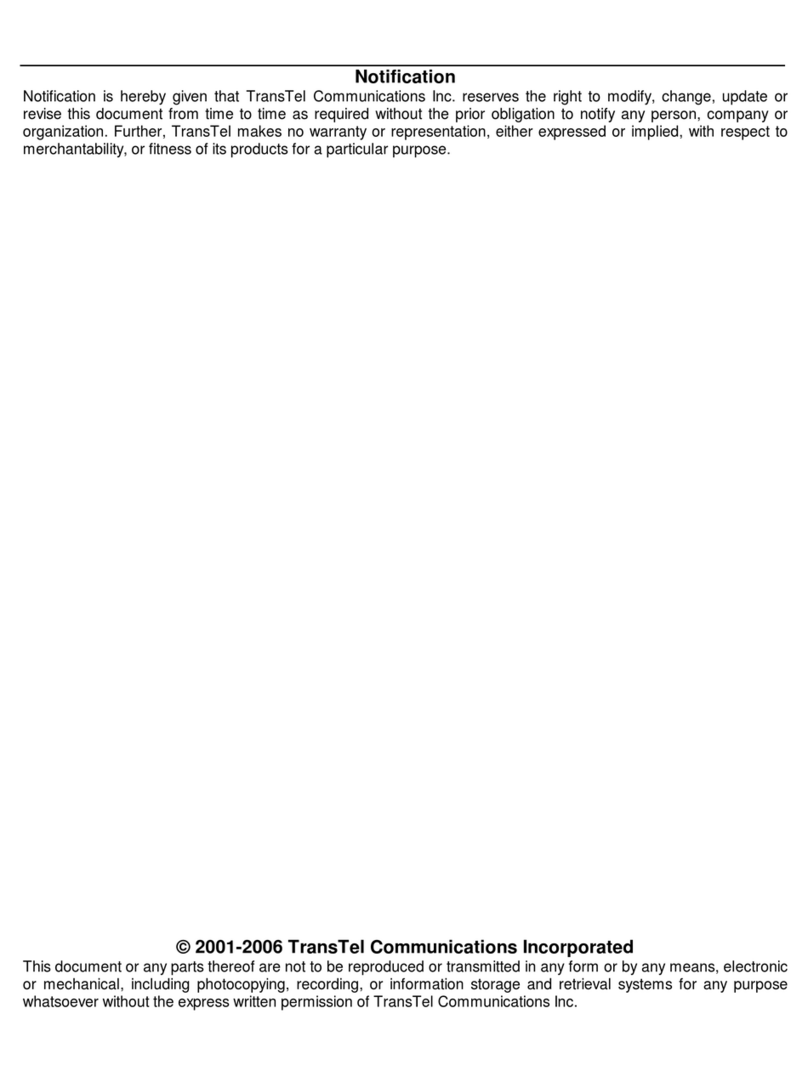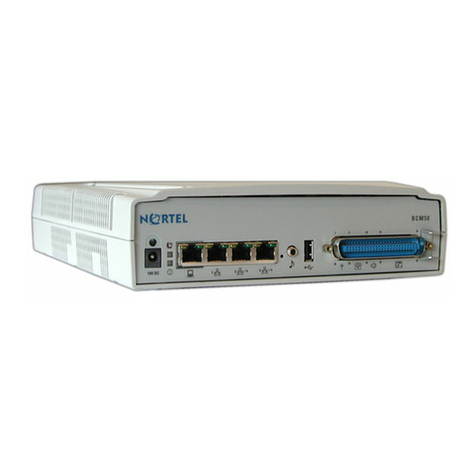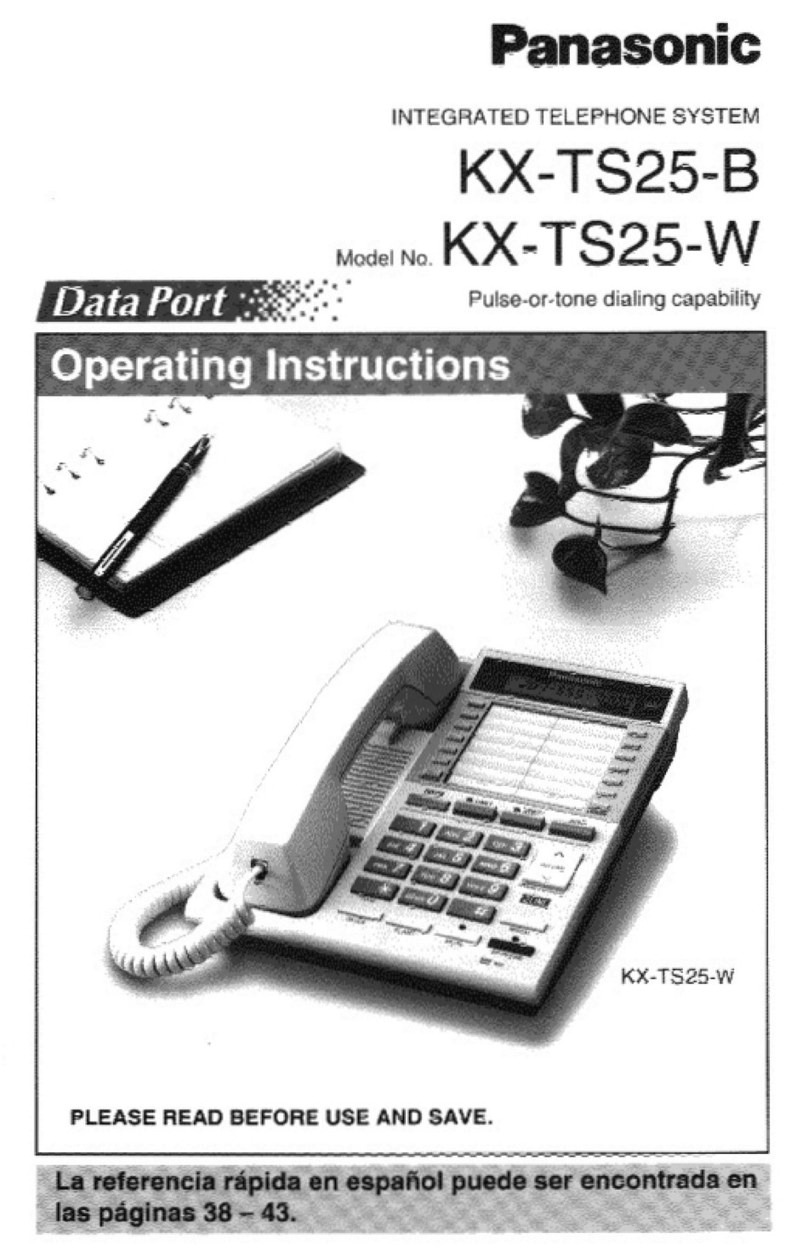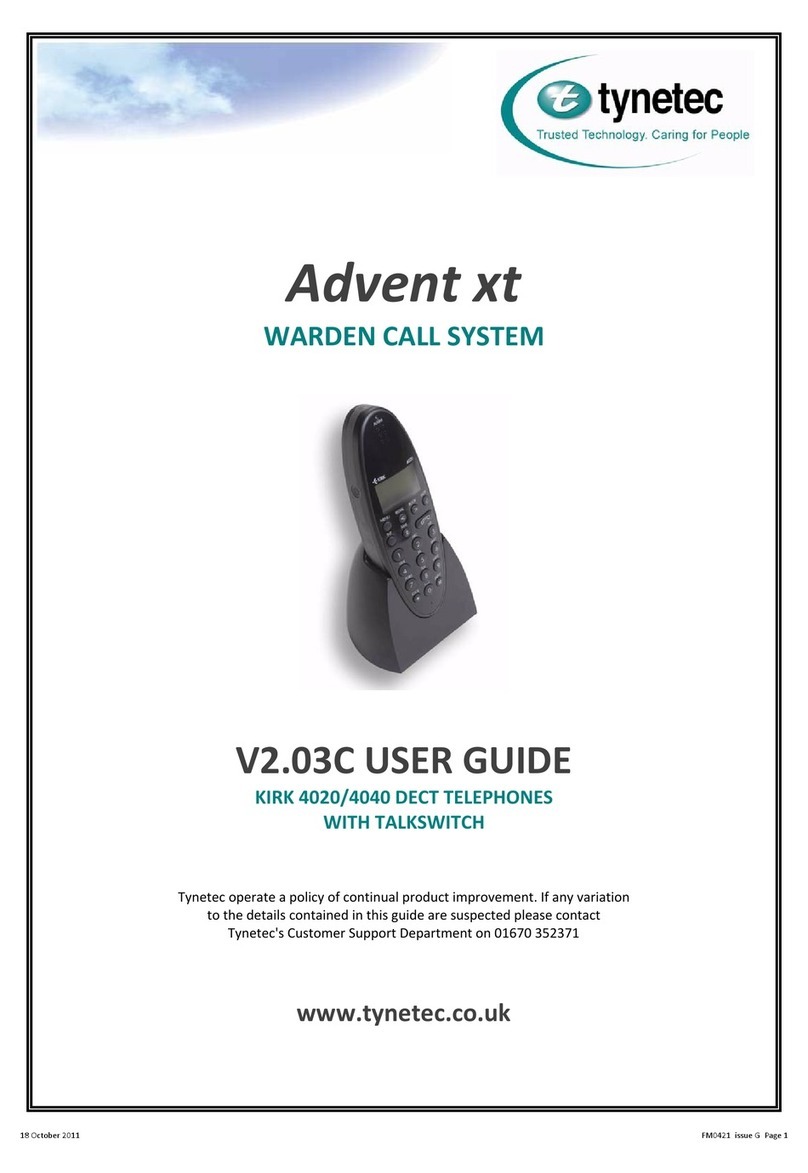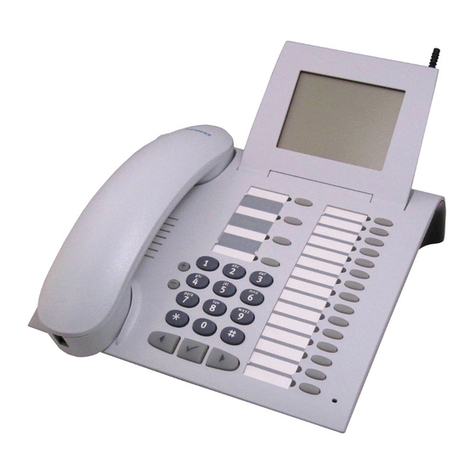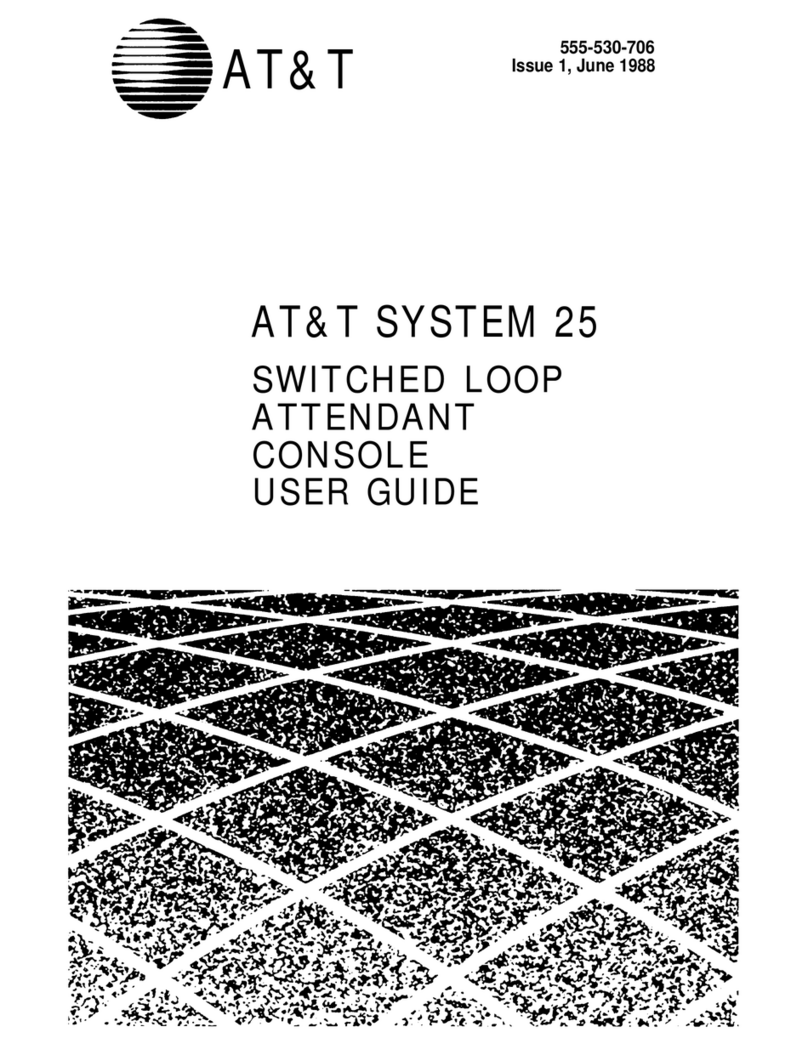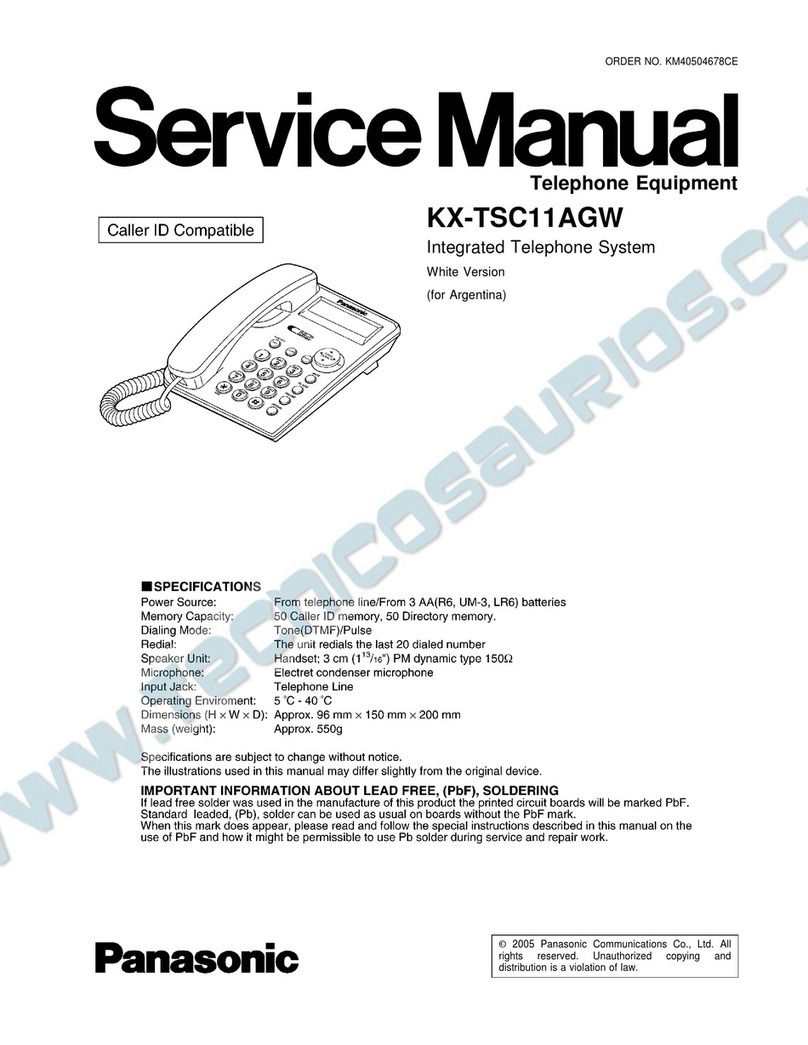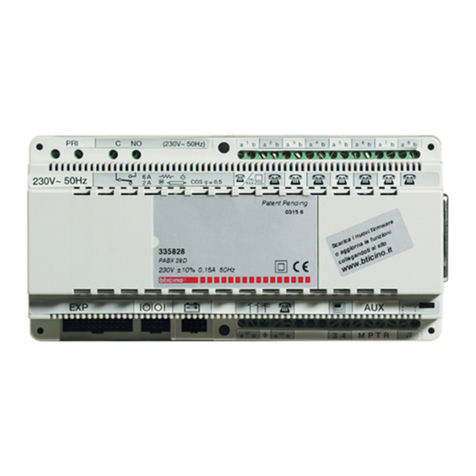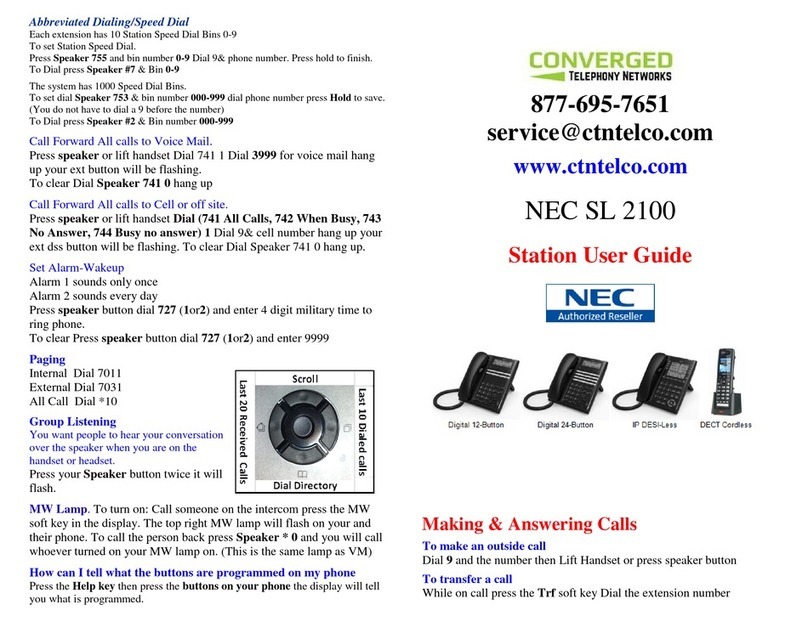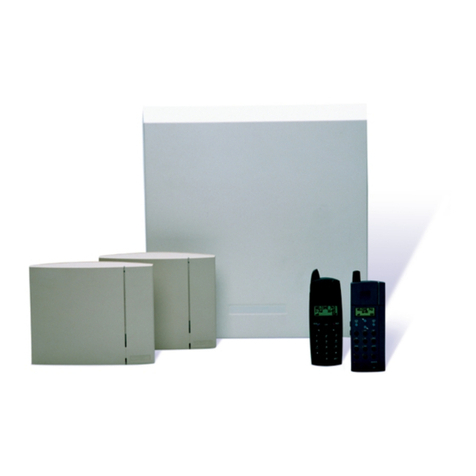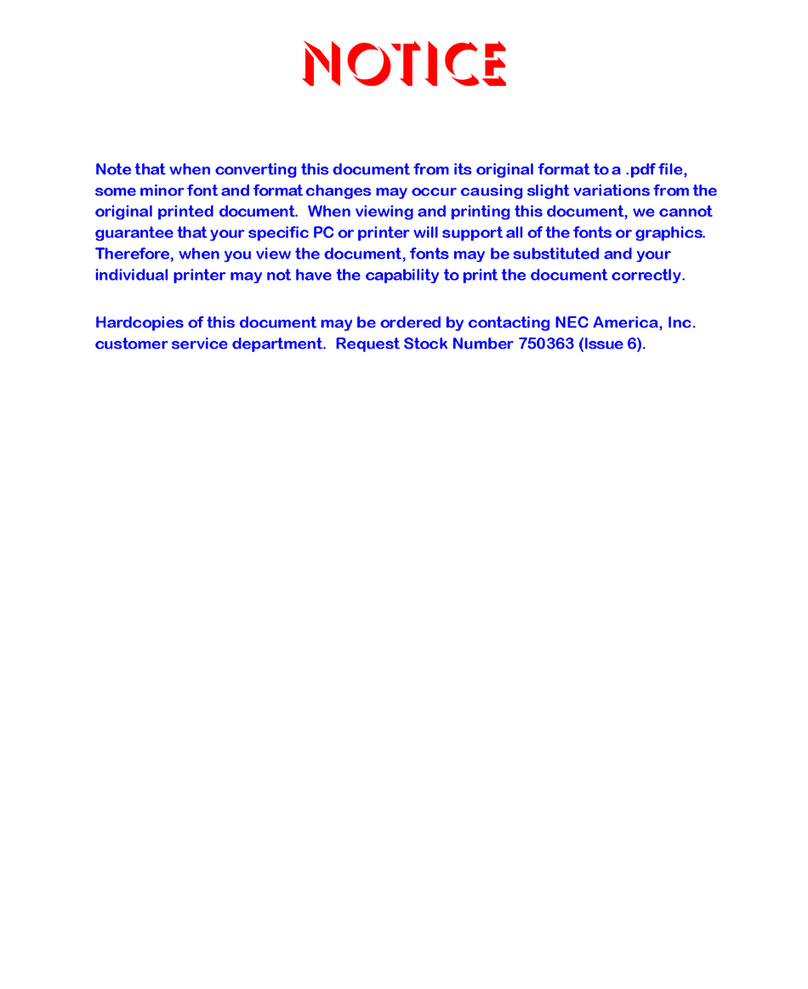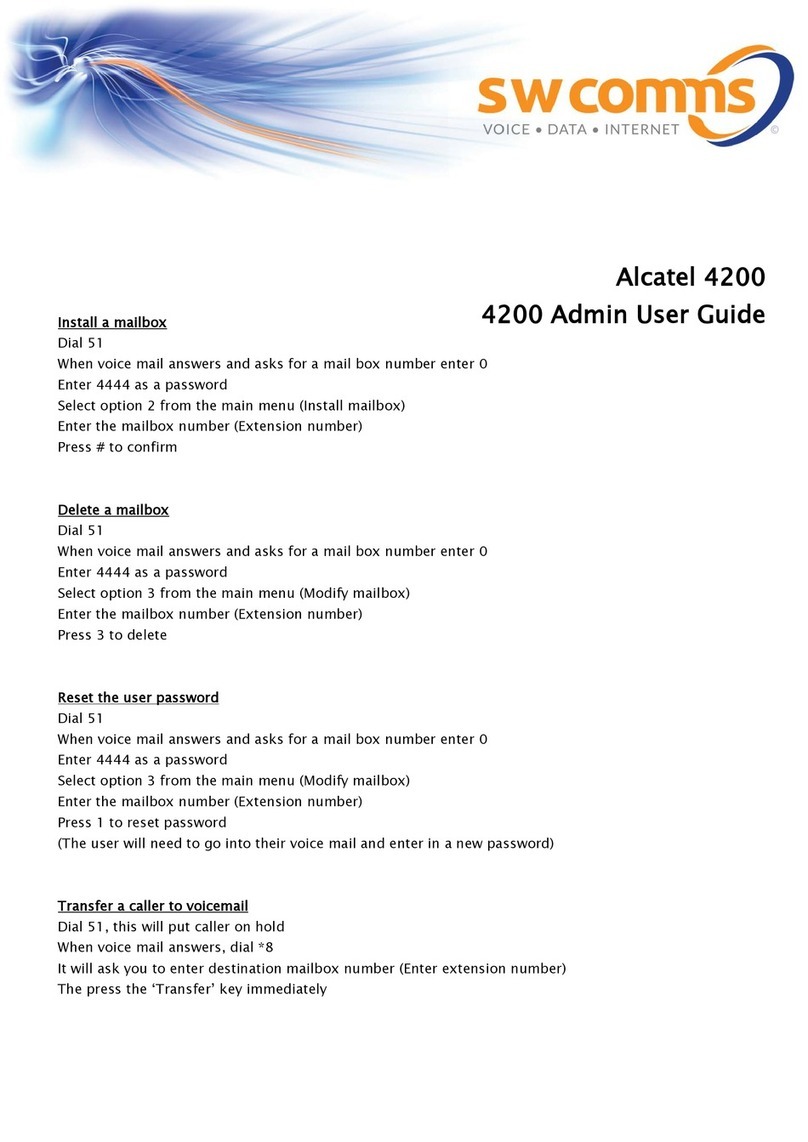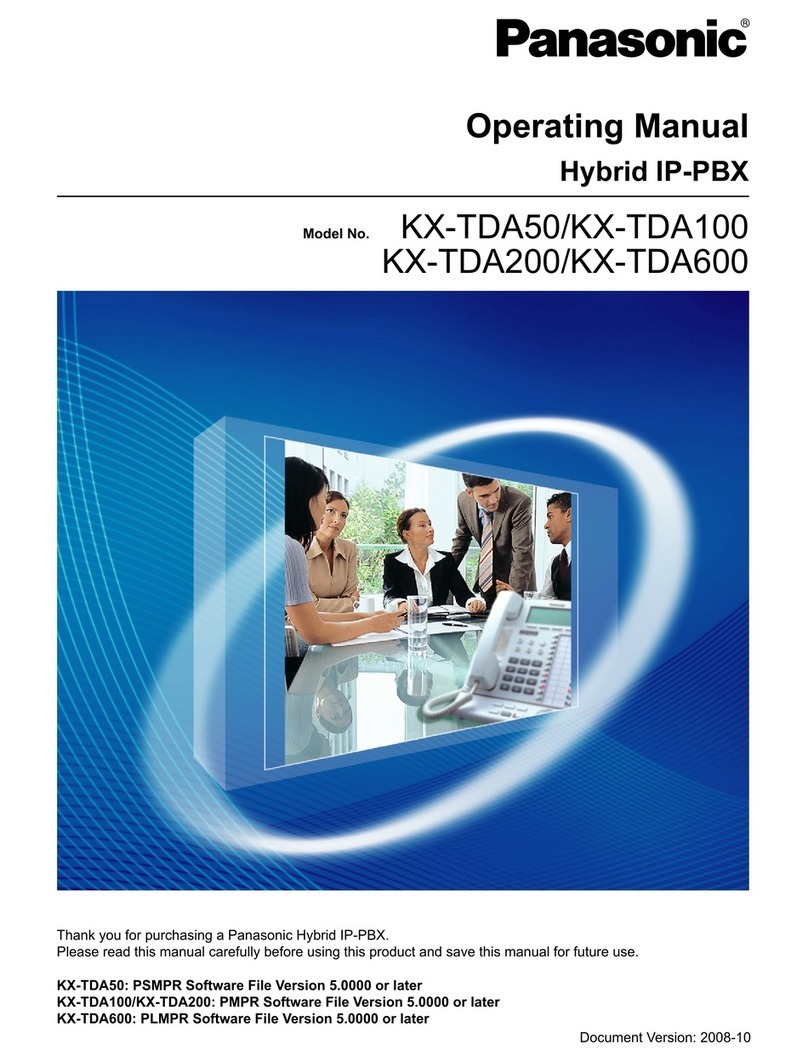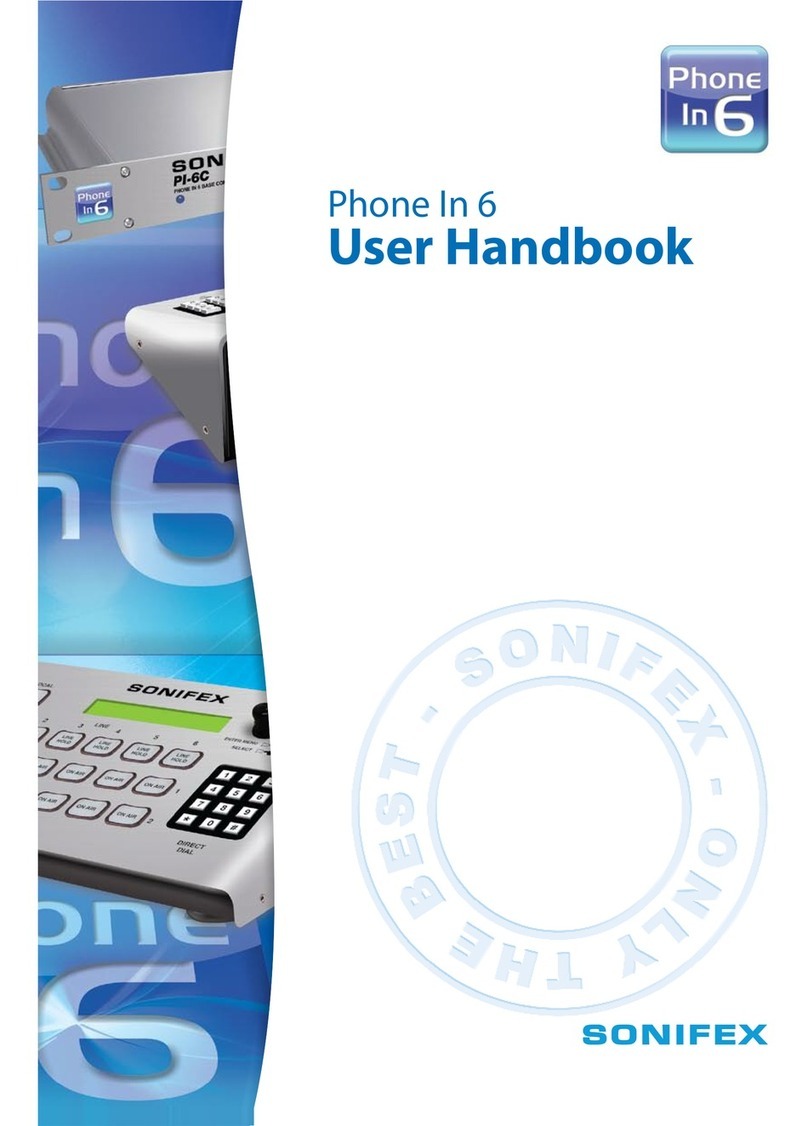
A30950-M78-X-3-7628
Hicom 102 - Technical Specifications/ Installation and Start-up Instructions
1. Technical Specifications
1.1 Technical Specifications
-2 exchange lines
-1 master telephone
-5 extensions
-1 entrance telephone / door opener
1.2 General Data
Structural design: wall-mounted case
height 191 mm / width 175 mm / depth 57 mm
Weight approx. 1,2 kg
Line distributor: integrated in the system
Environmental conditions
room temperature +4°Cto+40°C
no forced ventilation
1.3 Electromagnetic Compatibility (EMC)
Protection as per FTZ 12 TR 1
Protection against atmospheric interference It is
recommended that the exchange lines and the connecting
cables of the entrance telephone be additionally safeguarded
by protection devices (surge arresters; a-wire and b-wire
against ground). In areas with high electric storm activity this
is always necessary.
1.4 Subscriber Lines (subscriber Nos. 1-6)
Dialing method
Dial pulsing or DTMF, depending on the dialing method of
the exchange line
- Dial pulsing (DP)
-Pulse pause: 22 ms-46 ms
-Pulse length: 52 ms - 71 ms
-Impulslange: 52 ms - 71 ms
-Pulseratio: 1,4:1 - 1,8:1
- Dual-tone multi-frequency signaling as per CCITT
- Range
-Functional range: 2 x 60 ohms loop resistance
-Loop current: 25 mA
-Feed voltage: 24 V
- PBX recall button
-Flashing time: 40 ms to 150 ms
-DTMF telephones always need a flash key
-DTMF telephones with grounding button are not allowed
-DP telephones need no grounding button
1.5 Line Connections
Trunk circuit for main station interface
- Dialing method
Dial pulsing or DTMF, depending on the dialing method of the
exchange line
-Exchange feed voltage: at least 48 V
-No satellite PABX traffic is possible
1.6 Power Failure Transfer (ALUM)
Trunk transfer occurs upon failure of the power network
voltage
First trunk to subscriber 1 (master station) Second trunk to
subscriber 2
1.7Entrance Telephone (call number 7)
- Range
*Maximum line resistance
*DC free (no feed)
- Activation contact for entrance telephone
*Neutral NO contact max. 0.3 A; 24 V
*Contact load capacity:
1.8 Door Opener
*Neutral NO contact
*Contact load capacity: max. 0,3 A; 24 V
1.9 Power Supply
-Class of protection 2
-AC network voltage: 220 V, +/- 10%, 50 Hz
-Power consumption: 15 VA
-Overload protection
- Fuse in primary circuit:
1,25 A slow-blow (FS1), 80 mA slow-blow (FS2)
1.10 Audible Tones
Frequency 425 Hz pulse sequence in ms
pulses underlined
-dial tone 200/300/200/300/200/800
-busy tone 500/500
-ringing tone 1000/4000
-call waiting tone 60/2500
-special dial tone 100 / 100
-buzz tone 960/120
1.11 Ringing Signals
Frequenz 50 Hz
-internal ringing 1000 / 4000
-outside call 400/200/400/4000
2. Installation of the System
The system does not need to be opened either for installation or for
placing service. The distributor is accessible separately.
The installation site must be dry and of normal temperature (room
temperature, no exposure to direct sun or radiators.
2.1 Installation Work Sequence
-Affix the template to the wall, drill wall-plug holes, insert wall
plugs
-Screw in the top screw to protrude about 3mm and hang the unit
on this
-Remove distributor lid (one screw)
-Screw in and tighten the lower two screws
-Connect the line network
Note: 3 wall plugs with screws are provided with each system.
These can be found inside the distributor lid of the
system
2.2 Distributor Assignment / Connection
For the distributor assignments and connection examples, see the
rear side.
